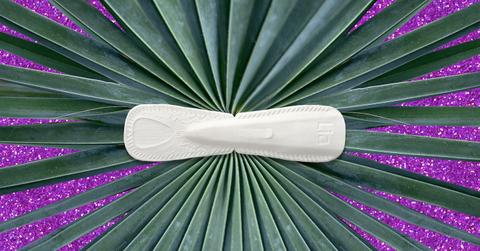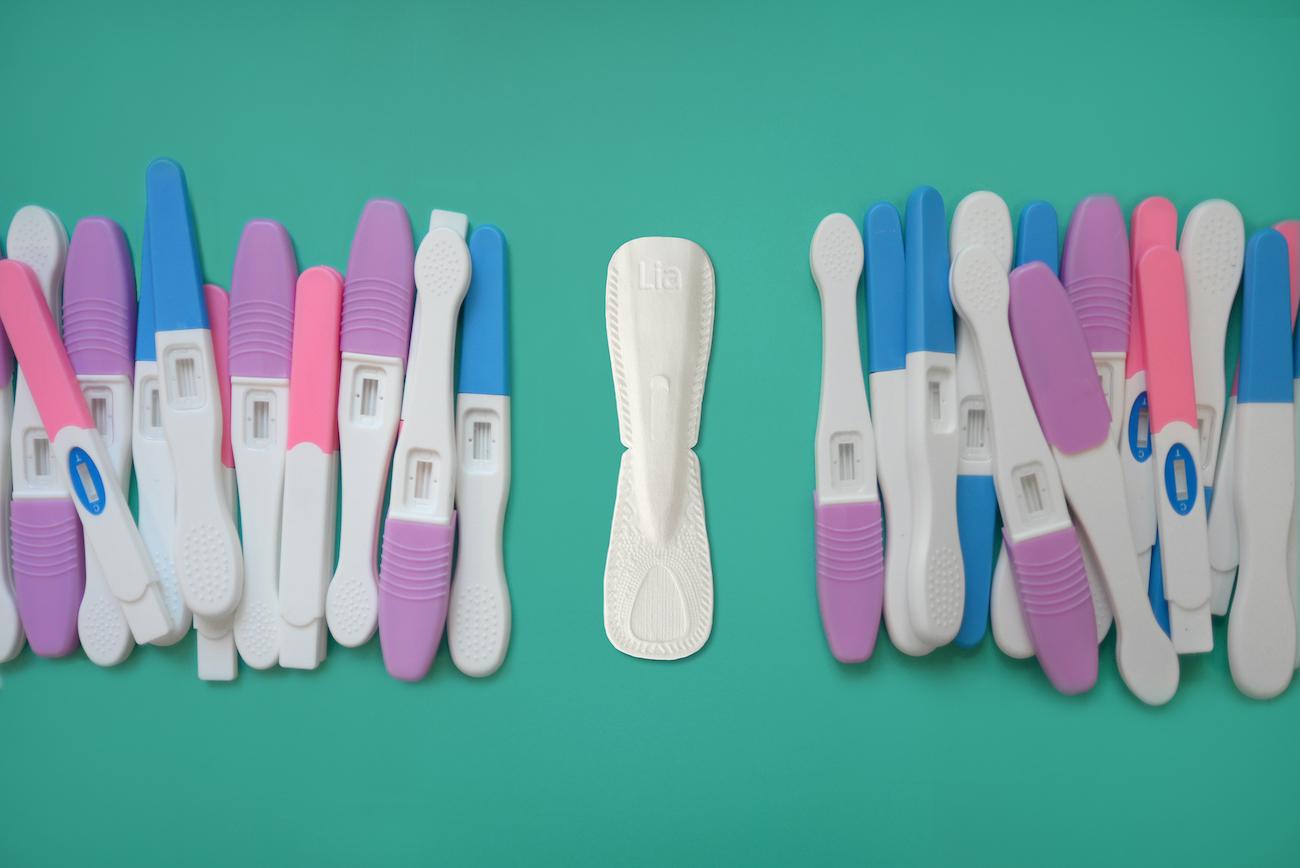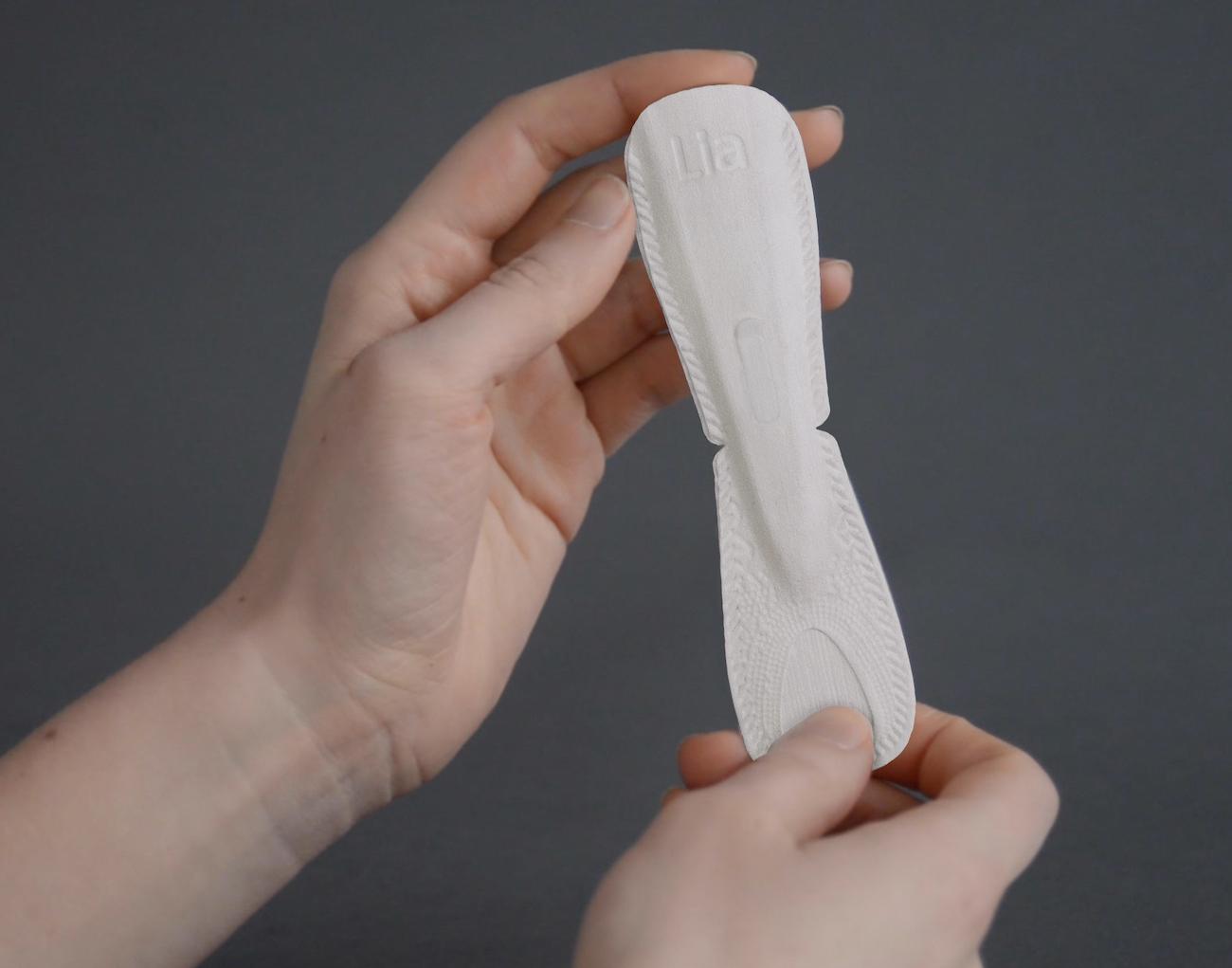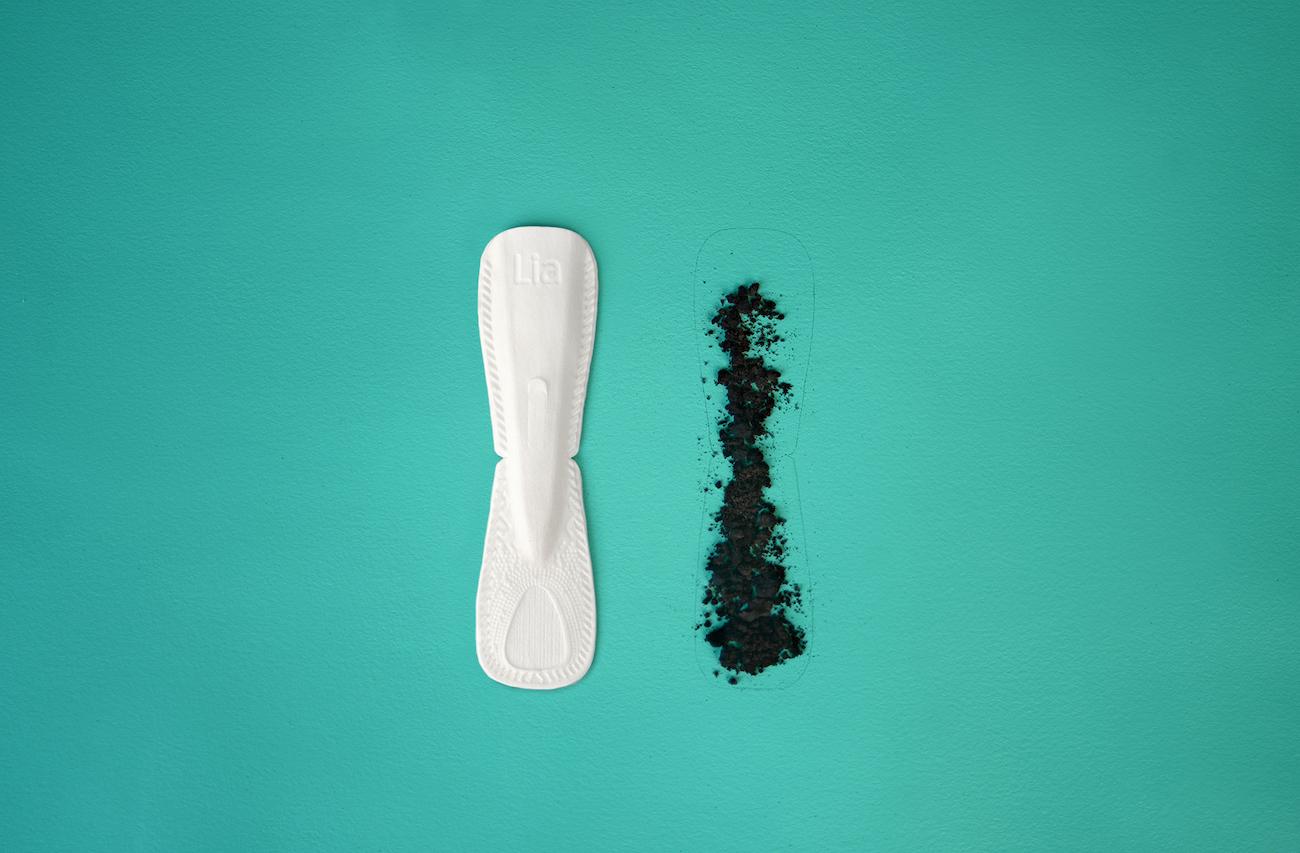You Can Finally Buy Lia, the Flushable, Zero-Waste Pregnancy Test
Updated March 11 2021, 9:00 a.m. ET

Name a sitcom, any sitcom — and it probably includes a scene in which someone finds a positive pregnancy test in the trash, followed by a comedy of errors in determining which character is actually pregnant. And sure, The One with Monica and Chandler's Wedding would have been far less entertaining had — spoiler alert! — Rachel not left her pregnancy test in the garbage. But in real life, most people taking pregnancy tests would probably prefer to keep the results to themselves until they’re ready to share them. And that’s where the Lia pregnancy test comes in.
After six years of development, media buzz, and customer anticipation, Lia, the first flushable, biodegradable, and compostable pregnancy test, is finally available. As of March 11, 2021 customers can finally purchase the eco-friendly Lia pregnancy tests, and later subtly flush away the evidence.
“We want to solve two problems: sustainability and privacy,” Lia Diagnostics co-founder Bethany Edwards exclusively tells Green Matters, ahead of the official launch. Keep reading to hear more from Edwards about how the zero-waste Lia pregnancy test works, why the pregnancy test so badly needed a reboot, and more.

You can finally buy Lia, the flushable and compostable pregnancy test.
“My co-founder Anna [Couturier] and I realized that no one had innovated the design of the pregnancy test in over 30 years,” Bethany Edwards tells Green Matters via email. “By recognizing the frustrations that come with the modern day pregnancy test and the amount of unnecessary plastic waste polluting our planet, it became clear we needed to create something better that could make a lasting impact.”
That realization was in 2015. And as Edwards and Couturier worked on developing Lia over the past six years, the brand has received plenty of press and even won several awards, building up a lot of public anticipation. So why did it take so long to get Lia to market?

Anna Couturier (left) and Bethany Edwards (right).
“We had to develop a way for the test to hold up long enough to run the test without falling apart, but then fall apart quickly in the sewer system,” Edwards explains, adding that a product like this typically takes closer to seven to nine years to come to market.
“We have created so many prototypes, iterating continuously for performance, testing both in our lab and in the hands of women,” she tells Green Matters. “Part of the reason it took so long to go to market was because something like this has never been done before so manufacturers were not equipped to easily handle production of the Lia pregnancy test. The team and I had to guide our partners step by step through the entire process.”
How does the Lia pregnancy test work?

As Edwards explains, when someone is pregnant, their body produces the pregnancy hormone, hCG (Human Chorionic Gonadotropin). Like conventional pregnancy tests, Lia can detect hCG in your urine early in pregnancy — all you need to do is pee on the pregnancy test for seven seconds, lay it flat, and wait a few minutes for the results, which Lia Diagnostics claims are 99 percent accurate.
The Lia test is made of a natural plant fiber called cellulose, and it is completely free of plastic, glass fibers, and nitrocellulose. Unlike other pregnancy tests, Lia is safe to flush (it will break down like toilet paper once you throw it in the toilet), and it’s completely biodegradable and compostable. In a third-party test, Lia broke down completely in soil in less than 10 weeks.
“The test also allows for memory keeping if the user so chooses,” Edwards adds. If you want to save your Lia test for scrapbooking, surprising loved ones with the news, or anything else, just cut the test in half. Then, save the half that includes the result window, and flush or compost the half you peed on.
Pregnancy tests produce a surprising amount of waste.
Like any other single-use plastic product, traditional pregnancy tests add up to produce much more waste than you might think. Edwards tells Green Matters that 2 million pounds of pregnancy test plastic gets sent to U.S. landfills each year.
Additionally, Bio-AMD estimates that every year, 20 million pregnancy and ovulation tests are sold worldwide. These are largely made of plastic, and almost always wind up in the trash after use, despite containing digital components — which some municipalities do not technically allow to be put in the garbage. Looking at these statistics, it’s clear why the world so badly needs a zero-waste pregnancy test like Lia.
Here’s how to buy the Lia pregnancy test:

As of March 11, 2021, you can order a two-pack of the Lia pregnancy test from www.meetlia.com for $13.99 (with free shipping). The test is made in the U.S., and its packaging is recyclable, with the exception of the silica gel packet.
Edwards and Couturier plan to eventually bring Lia into stores, which would make the product much more accessible and convenient. Lia Diagnostics is also currently developing other at-home products in relation to reproductive health.